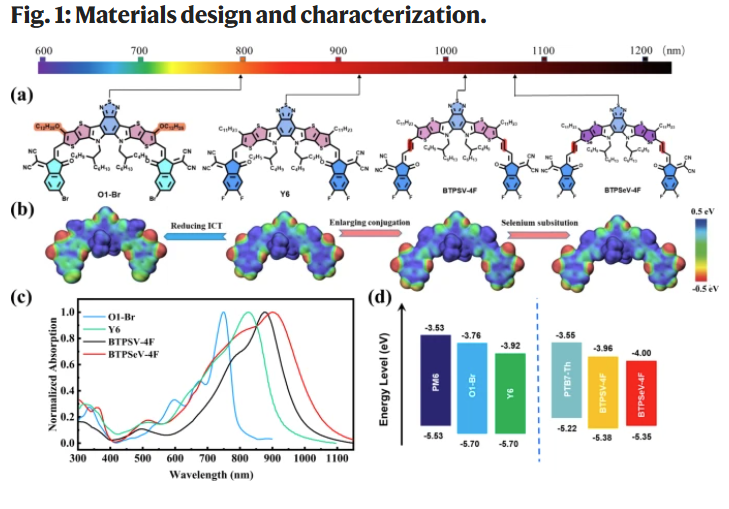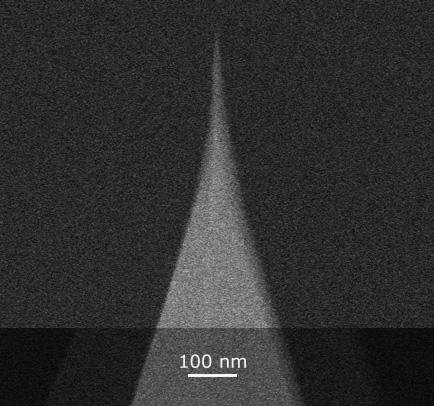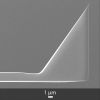
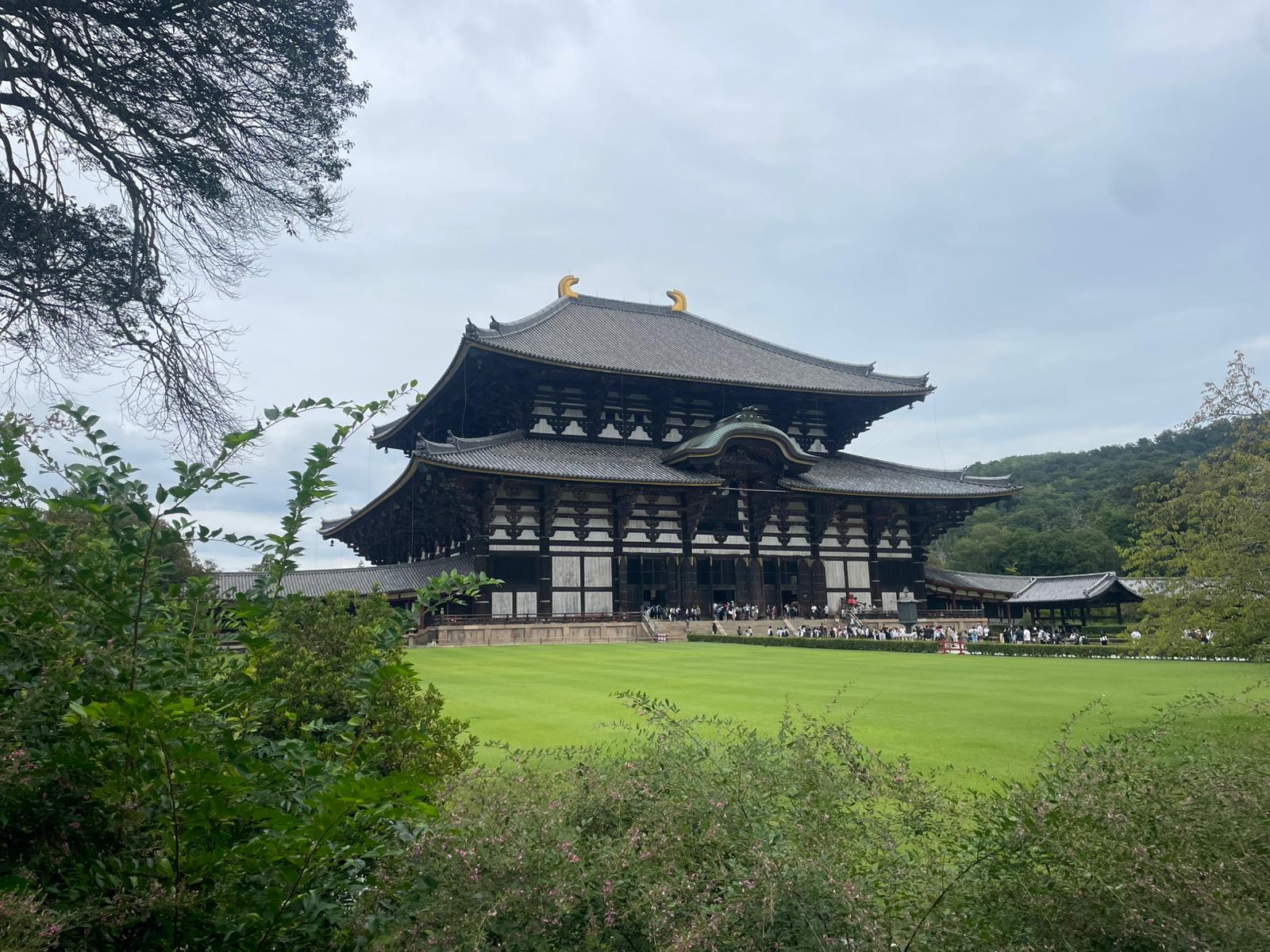

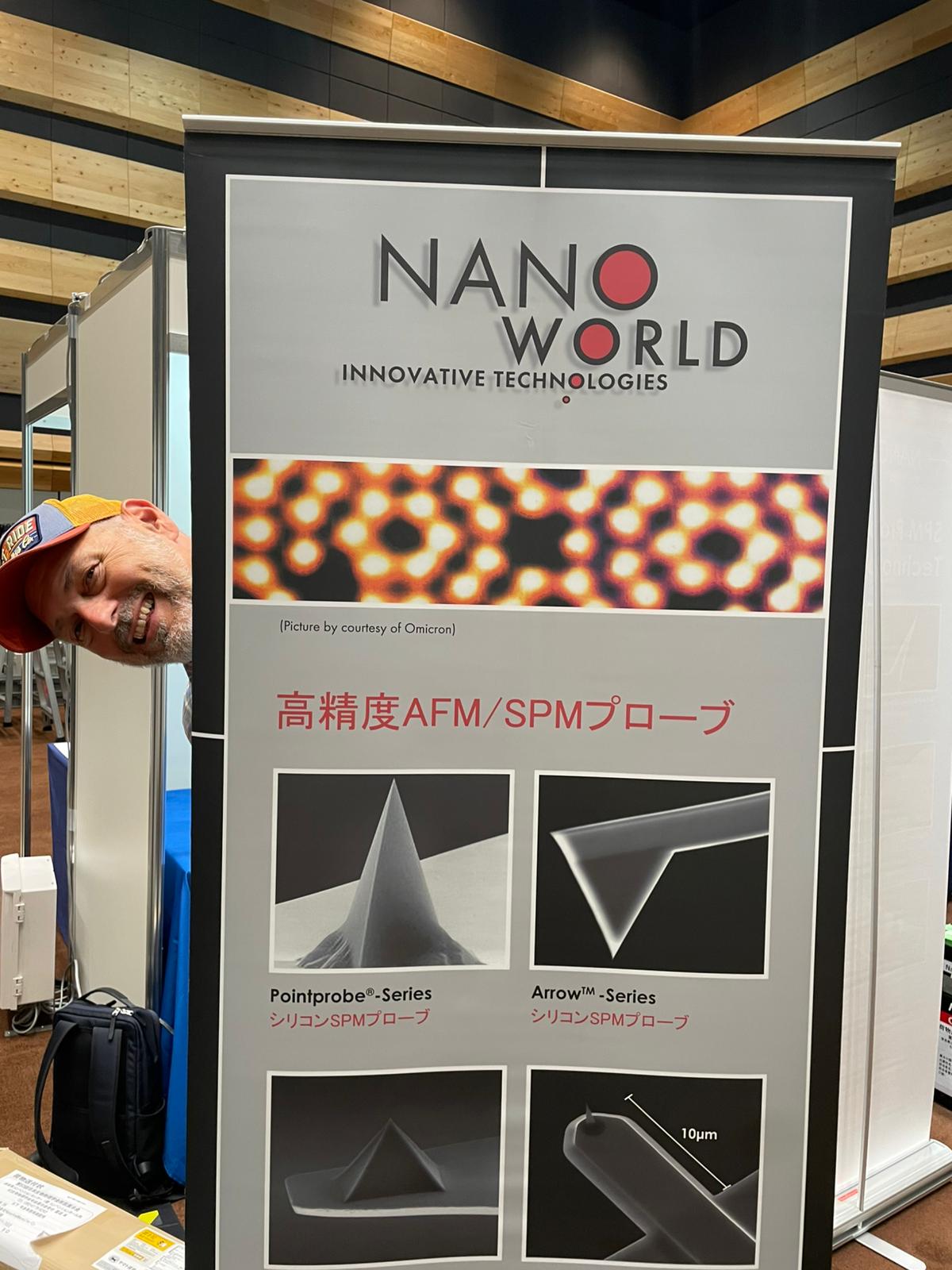
NanoWorld® at the 63rd Annual Meeting of the Biophysical Society of Japan (Nara, Sept 24–26, 2025)Wed Sep 24 2025
NanoWorld® at the 63rd Annual Meeting of the Biophysical Society of Japan (Nara, Sept 24–26, 2025)
Hello from Nara! NanoWorld® is exhibiting with our partner NanoAndMore Japan at the 63rd Annual Meeting of the Biophysical Society of Japan. If you’re working at the frontiers of biophysics—membranes, proteins, cell mechanics, or high-resolution imaging in liquid—come by booth #36 to discuss the best AFM probe for your experiment.
We’ll be showcasing the Pointprobe® and Arrow™ series—trusted worldwide for consistency, tip sharpness, and batch-to-batch reproducibility—plus short-cantilever options for fast dynamics. Our team can help you choose geometries and parameters that improve stability, SNR, and throughput on your instrument.
Let’s connect in Nara and move your research forward—one high-quality probe at a time.
Where: NanoAndMore Japan, Booth #36 When: Sept 24–26, 2025 • Nara Prefectural Convention Center

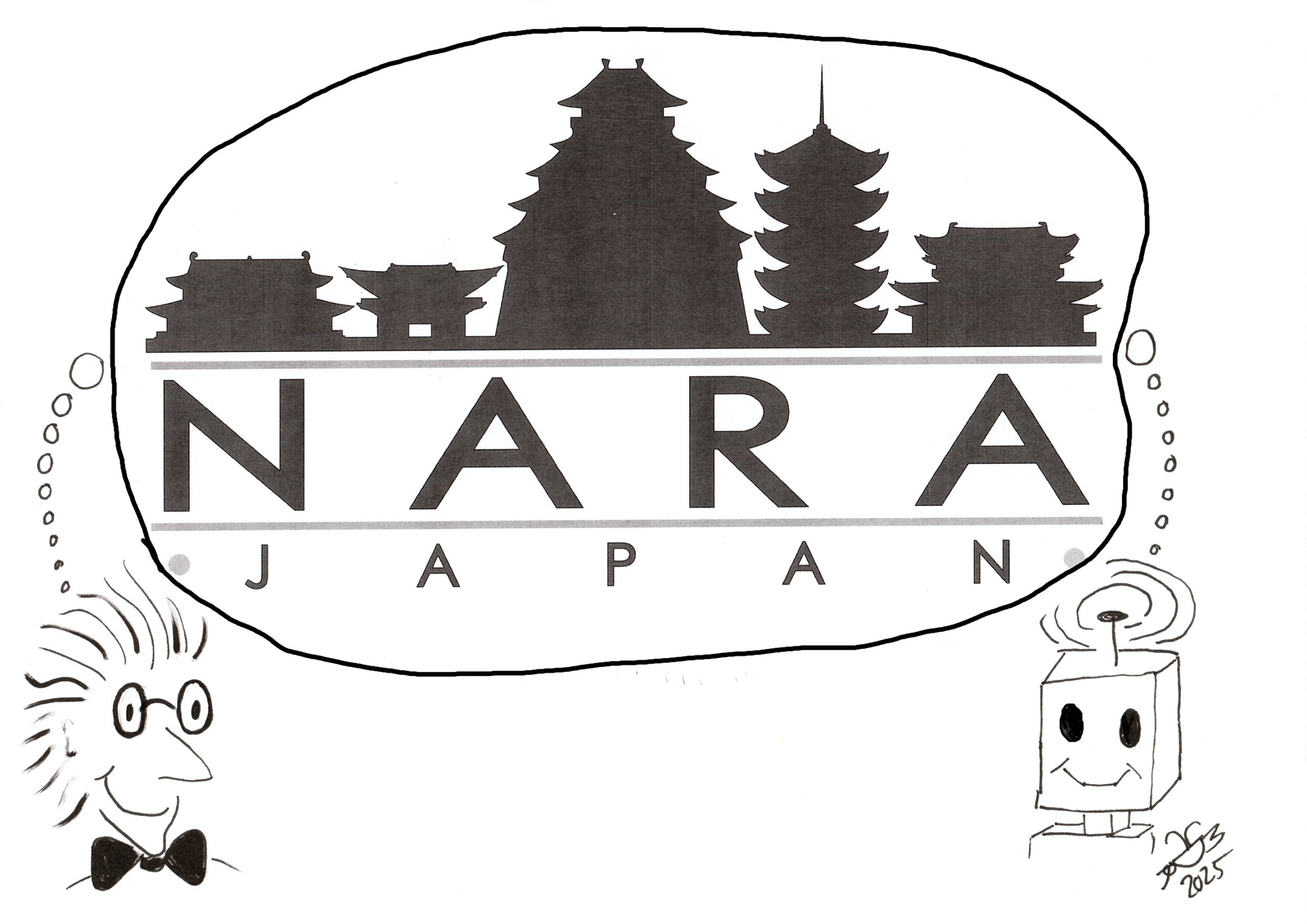
Meet NanoWorld® at 63rd Annual Meeting of the Biophysical Society of Japan next weekFri Sep 19 2025
NanoWorld® AG CEO Manfred Detterbeck will be at the NanoAndMore Japan booth at the 63rd Annual Meeting of the Biophysical Society of Japan held from September 24– 26, 2025 at Nara Prefectural Convention Center.
Will we meet you there too?


A paper has spatially resolved the switching dynamics using the BudgetSensors® ElectriMulti75-G probes for C-AFMMon Sep 01 2025


DNA Origami Nanovaccine Demonstrates Full Protection Against SARS-CoV-2 in MiceMon Sep 01 2025
A study recently published in Communications Biology (Nature Portfolio) by Esra Oktay, Farhang Alem, Keziah Hernandez, Michael Girgis, Christopher Green, Divita Mathur, Igor L. Medintz, Aarthi Narayanan, and Rémí Veneziano introduces an innovative DNA origami–based nanovaccine platform targeting the receptor-binding domain (RBD) of SARS-CoV-2.
Their findings highlight the potential of rationally engineered DNA nanoparticles to elicit strong and durable immune protection.

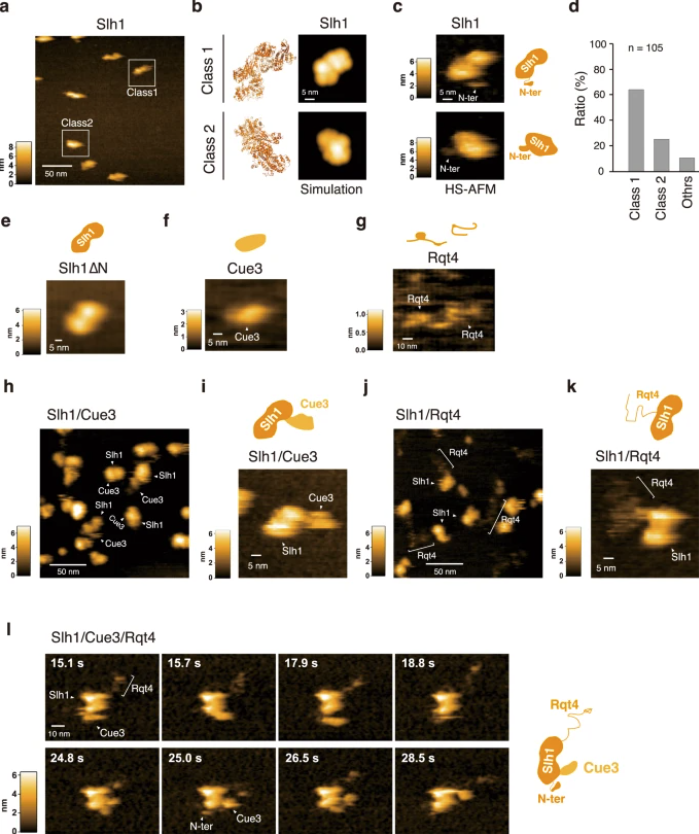
Decoding the Ubiquitin Code: How the RQT Complex Clears Colliding RibosomesMon Aug 11 2025
Matsuo et al., recently published a landmark study in Nature Communications (vol. 14, article 79, Jan 10 2023). , looking at how cells recognize and resolve ribosome collisions—a critical event in obeying translational fidelity and avoiding protein quality control failure.
The researchers employed a combination of molecular genetics, biochemical assays, ubiquitin-binding studies, and advanced imaging. Key steps included mutational deletion of ubiquitin‐binding domains in RQT subunits, affinity assays for K63-linked ubiquitin chains, and highspeed atomic force microscopy (HSAFM) to visualize complex behavior at the molecular level. Notably, they used intrinsically disordered regions of Rqt4 mapped by realtime HSAFM.

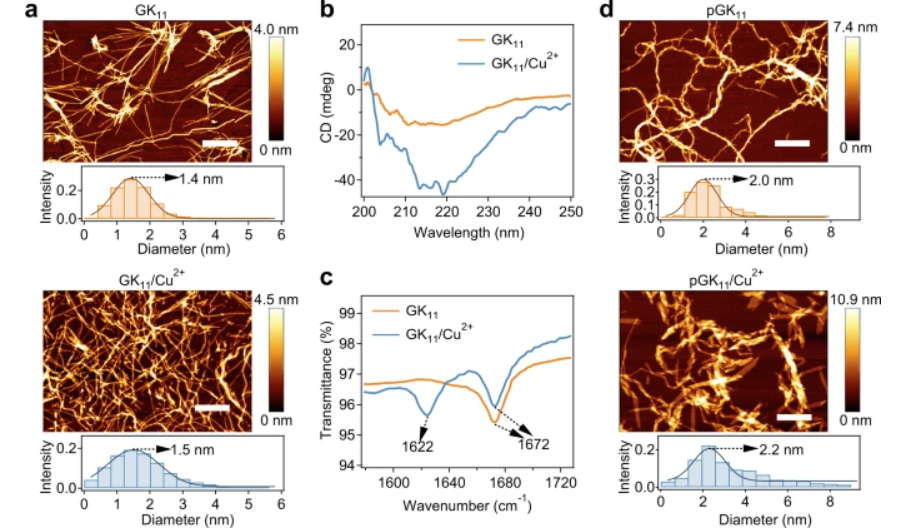
Strong, tough, rapid-recovery, and fatigue-resistant hydrogels made of picot peptide fibresThu Aug 07 2025
Bin Xue et al. have presented a novel class of biomimetic hydrogels that simultaneously exhibit high stiffness, toughness, fatigue resistance, and ultrafast mechanical recovery—properties that are notoriously difficult to combine in conventional polymeric systems. Their design is inspired by the architecture of mussel foot proteins and is centered around self-assembling peptide fibres termed “picot fibres”, which act as hierarchical load-bearing domains.
Read more...

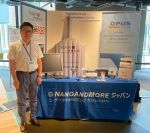
NanoAndMore Japan is at the 26th International Conference on Non-contact Atomic Force Microscopy this weekMon Aug 04 2025

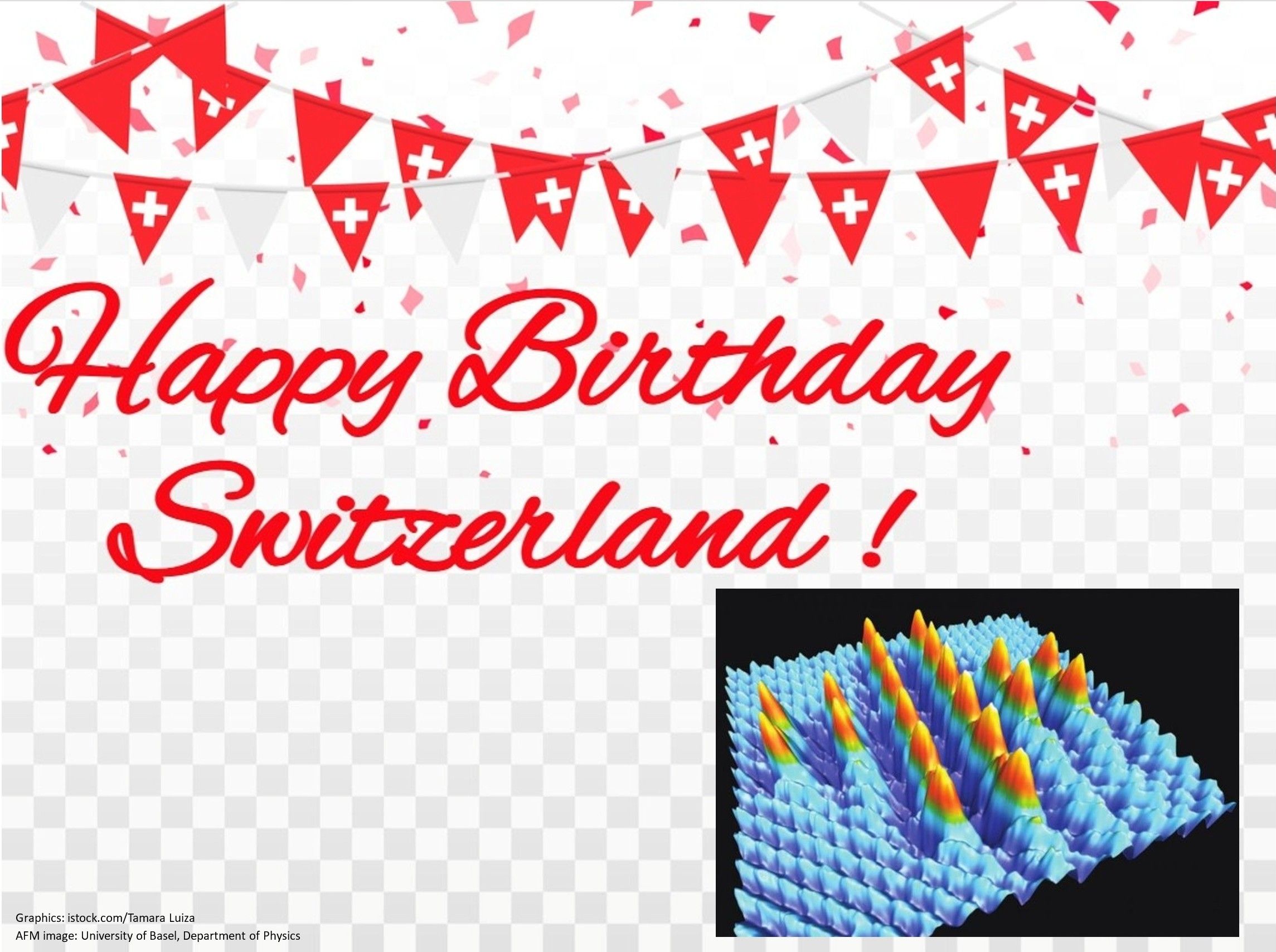
Happy Swiss National Holiday 2025Thu Jul 31 2025


All-ferroelectric implementation of reservoir computingMon Jul 28 2025


Happy birthday to Gerd BinnigSun Jul 20 2025
One of the co-inventors of AFM! Born on July 20th 1947, in Frankfurt, West Germany, Prof. Binnig has made extensive contributions to scanning probe microscopy techniques, including AFM and STM. For his work on STM, he was distinguished with the 1986 Nobel Prize in Physics, shared with Heinrich Rohrer.

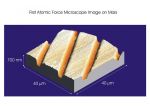
First Atomic Force Microscopy Image on MarsWed Jul 09 2025
On July 9th 2008 this calibration image was acquired by NASA’s Phoenix Mars Lander, making it the first AFM image acquired on another planet! The inclusion of an AFM, as part of Phoenix’s Microscopy, Electrochemistry and Conductivity Analyzer, allowed for imaging at an unprecedented resolution, offering a 20-fold increase compared to the on-board optical microscope.
Photo credit: ASA/JPL-Caltech/University of Arizona/University of Neuchatel
#AFMprobes #AFM #AtomicForceMicroscopy #Mars

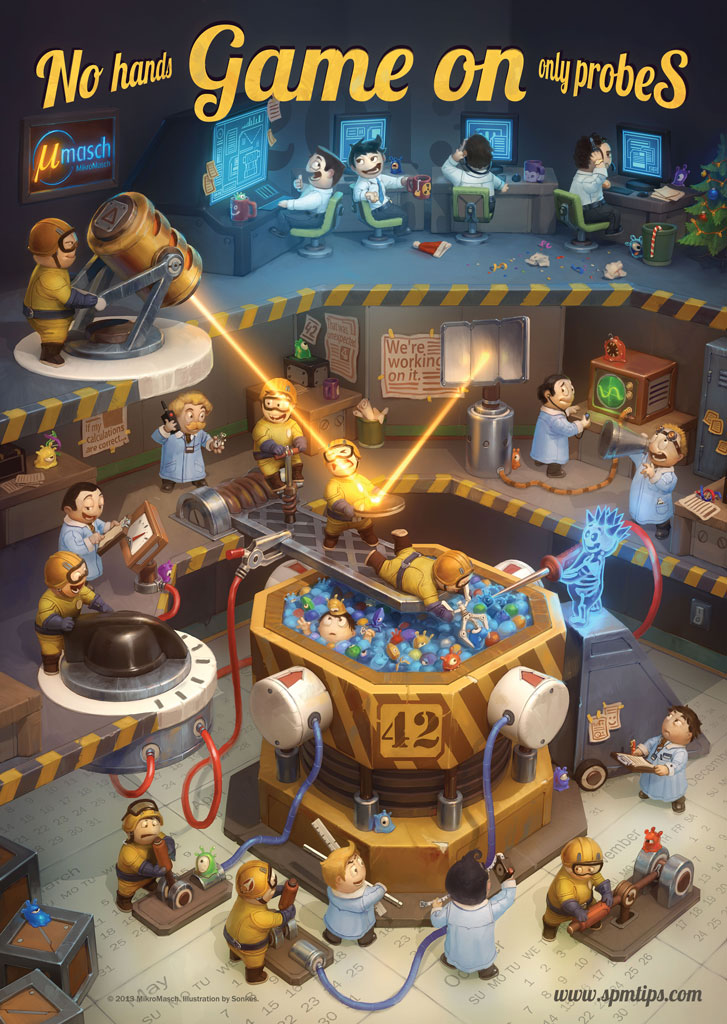
Explore our collection and download your favorite poster to use as your desktop and mobile background or request a printed copy!Mon Jun 23 2025

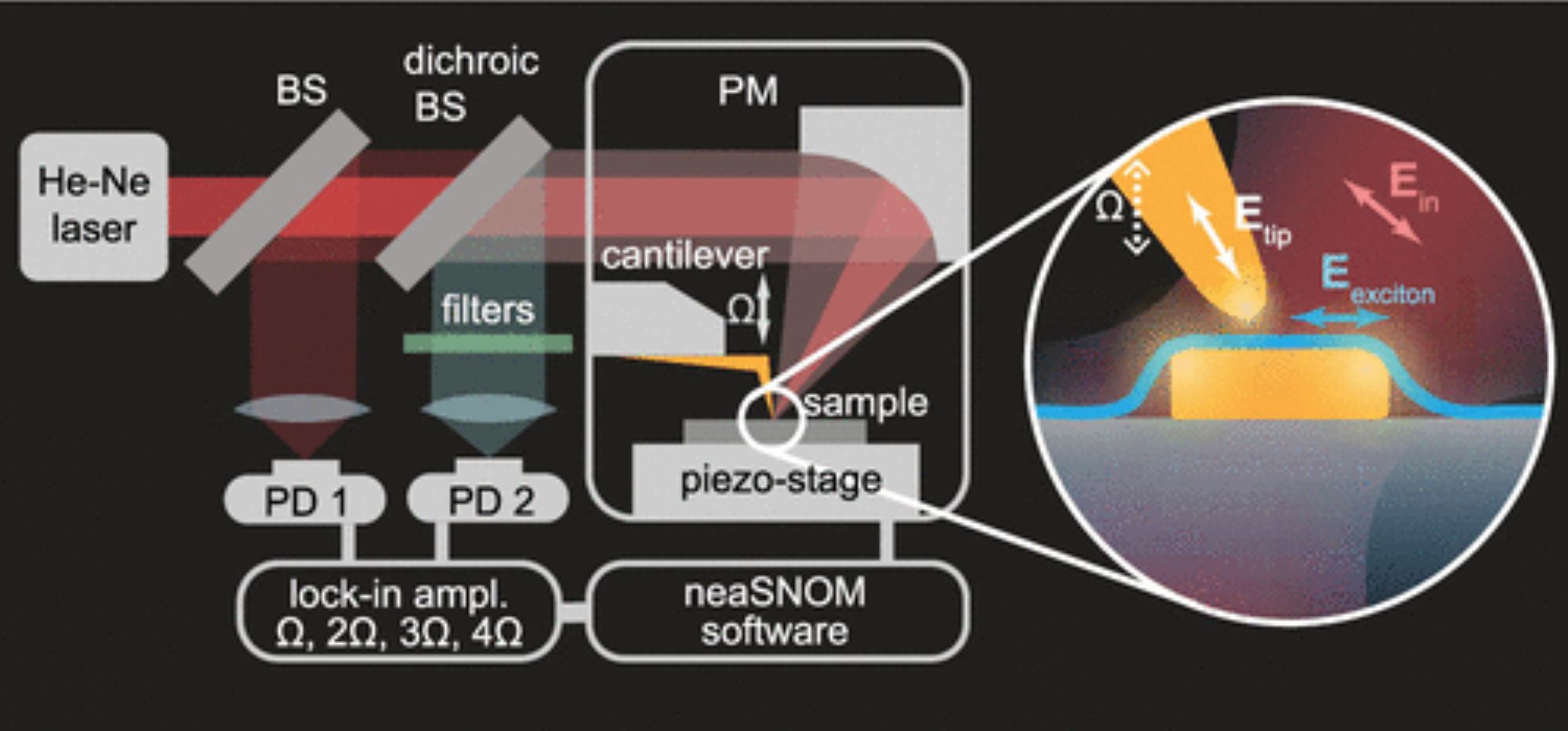
Enhanced Exiton-Plasmon Interaction Enabling Observation of Near-Field Photoluminescence in a WSe2-Gold Nanoparticle Hybrid SystemThu Jun 05 2025

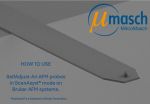
SelfAdjust-Air probes , optimized for use with the ScanAsyst®* mode by Bruker.Tue May 20 2025

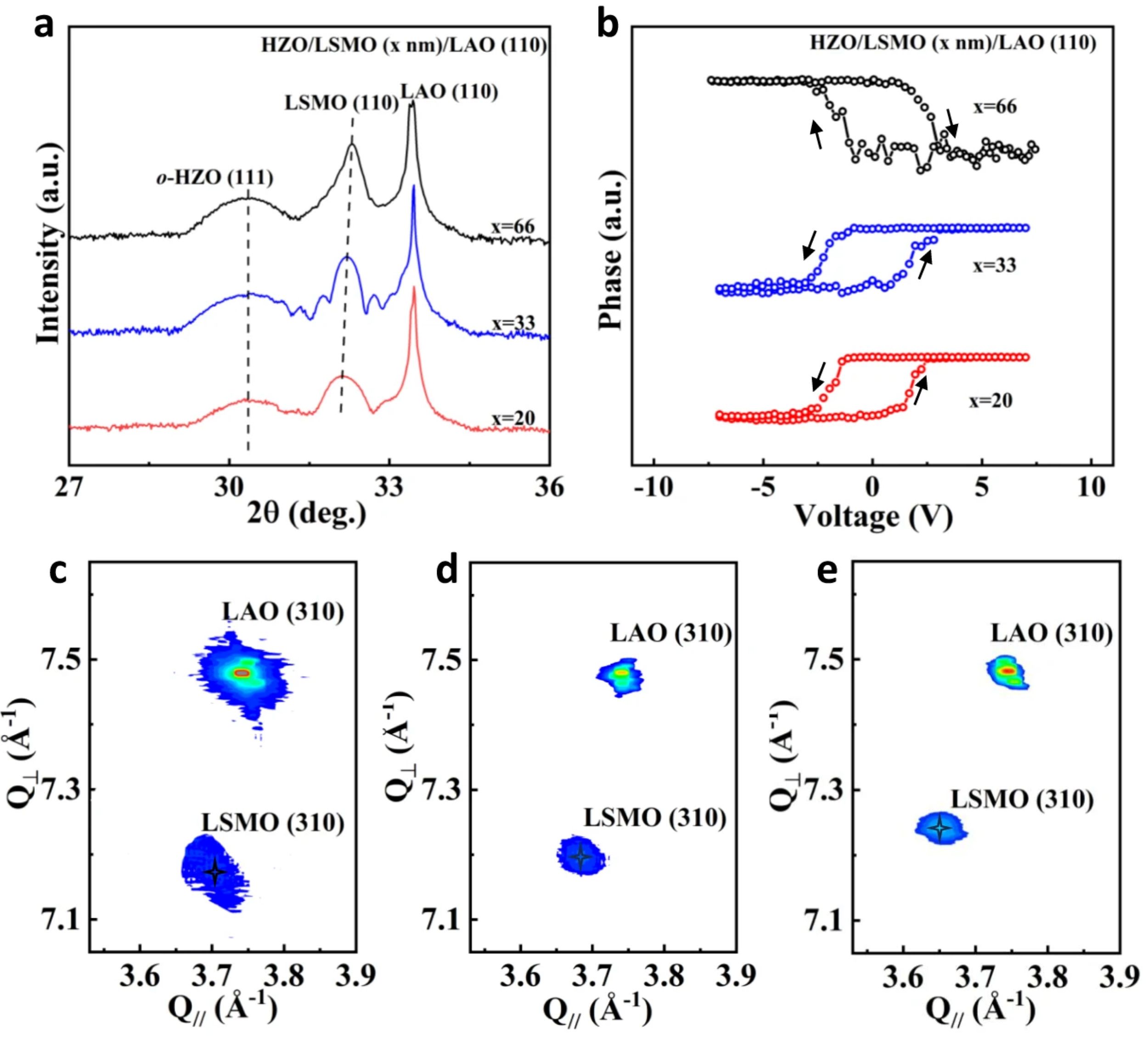
Tunable and parabolic piezoelectricity in hafnia under epitaxal strainMon May 19 2025


Happy birthday, Prof. Gerber!Thu May 15 2025


NanoWorld® Arrow-EFM conductive AFM probes were used in this articleThu May 15 2025

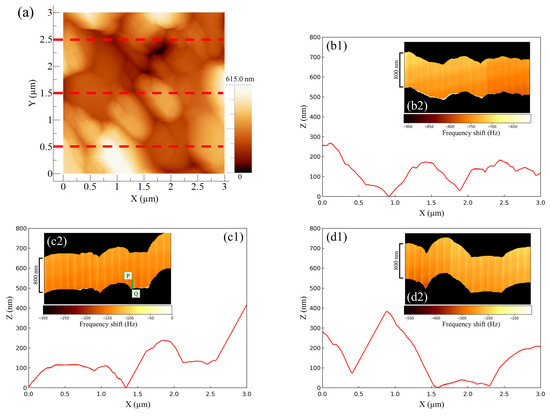
NANOSENSORS™ PointProbe Plus PPP-NCHAuD AFM Probes were used in this articleThu May 15 2025


